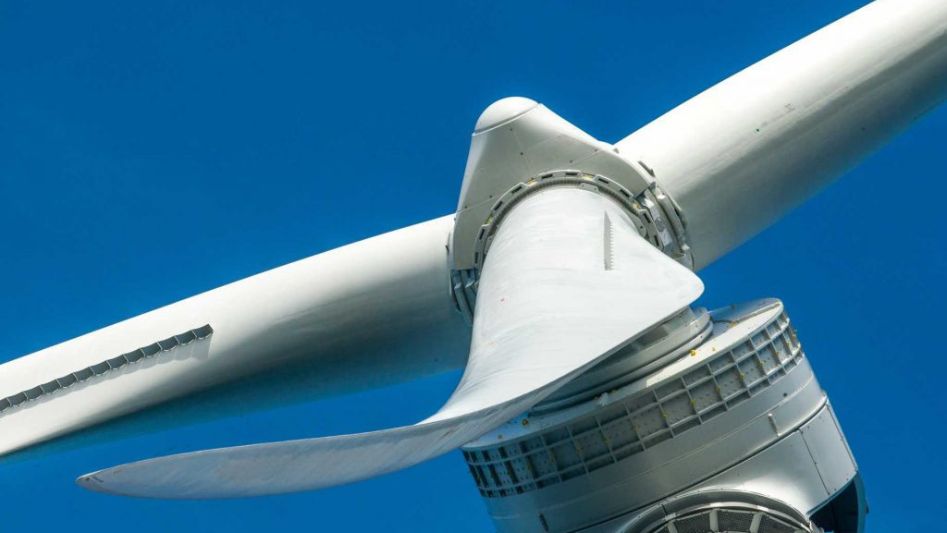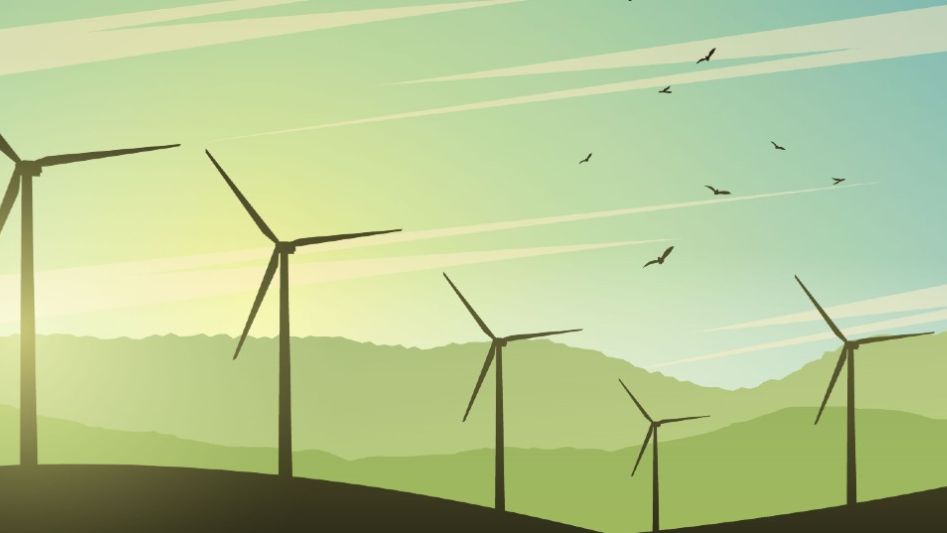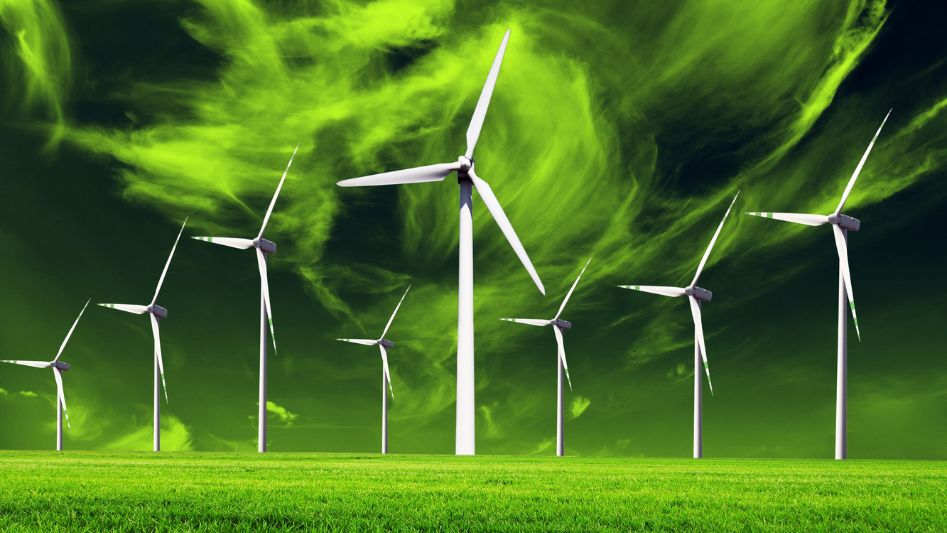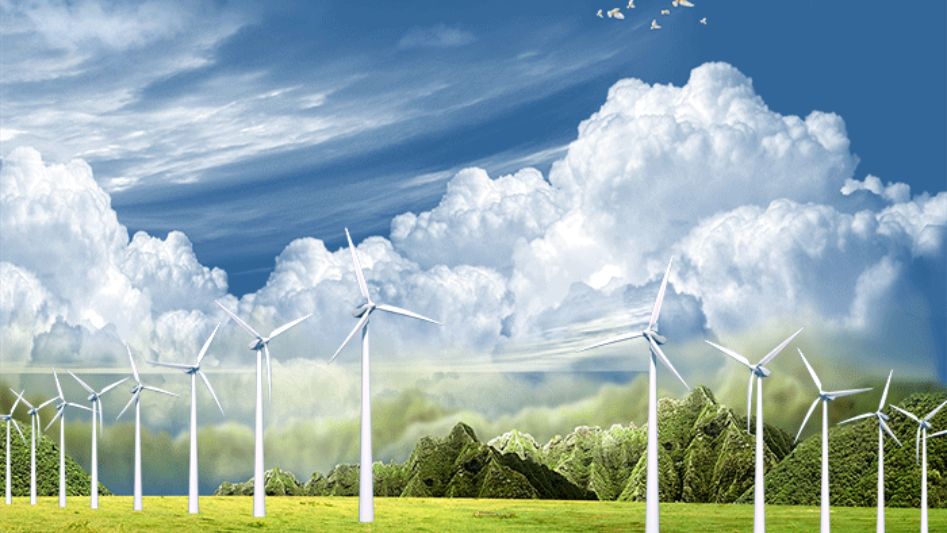As the world grapples with the challenges of climate change and strives to transition towards cleaner energy sources, wind power has emerged as a leading contender in the race for sustainability. Harnessing the natural force of the wind to generate electricity, wind power presents a promising alternative to fossil fuels and a pathway to mitigate the environmental impacts of energy production. In this article, we will explore the benefits of wind power and its role in fostering a sustainable future for our planet.
Table Of Content
We invite you to read: “Wind Energy and Sustainable Transportation: A Perfect Match”

1. Harnessing the Power of the Wind
Wind power is the conversion of wind energy into a useful form of electricity. This process involves large wind turbines positioned strategically in areas with high wind speeds. As the wind blows, it causes the turbine’s blades to rotate, converting the kinetic energy of the wind into mechanical power. This mechanical power is then transformed into electrical energy through a generator, ready for distribution to homes, businesses, and industries.
2. A Clean and Renewable Energy Source
One of the most significant advantages of wind power is that it is entirely clean and renewable. Unlike fossil fuels, which release harmful greenhouse gases and pollutants when burned, wind power generates electricity without producing any air pollutants, carbon dioxide, or other harmful emissions. By tapping into this limitless resource, we can reduce our reliance on finite fossil fuels and work towards a greener, more sustainable energy future.
3. Mitigating Climate Change
Climate change is one of the most pressing challenges of our time, with rising global temperatures causing severe impacts on ecosystems and human societies. Wind power plays a crucial role in mitigating climate change by displacing greenhouse gas emissions from conventional power sources. Each megawatt-hour of electricity produced by wind power can save hundreds of kilograms of CO2 emissions compared to fossil fuel-based electricity generation. Embracing wind power on a large scale can significantly contribute to global efforts to limit global warming and its associated consequences.
4. Protecting Biodiversity and Habitats
Traditional power generation methods often involve destructive practices like mining and drilling that can harm natural habitats and biodiversity. Wind power, on the other hand, has a minimal impact on the environment. Once a wind turbine is installed, it has a relatively small physical footprint, allowing the land around it to be used for other purposes, such as farming or conservation efforts. Additionally, wind farms can coexist with agricultural activities, providing additional income to farmers hosting the turbines. This compatibility with existing land uses is a win-win situation for both sustainable energy generation and preserving ecosystems.
We invite you to read: “The Role of Wind Energy in Achieving Sustainable Development Goals”

5. Conserving Water Resources
Conventional power plants, particularly those fueled by coal, oil, or natural gas, require vast amounts of water for cooling and other processes. This heavy water consumption places significant stress on local water resources and ecosystems. Wind power, being a water-free energy source, does not compete with agriculture, drinking water supplies, or aquatic ecosystems for this precious resource. By embracing wind power, we can relieve the strain on water resources and promote water conservation, particularly in regions facing water scarcity.
6. Energy Independence and Security
Relying heavily on imported fossil fuels can leave a country vulnerable to price fluctuations and geopolitical tensions. Embracing wind power enhances energy security by diversifying the energy mix and reducing dependence on foreign energy sources. A robust domestic wind power industry fosters energy independence, allowing nations to meet their energy demands sustainably and mitigate the economic risks associated with volatile fossil fuel markets.
7. The Challenges and Solutions
While wind power presents numerous benefits for the environment and our sustainable future, it also faces certain challenges. One of the most notable issues is the intermittent nature of wind itself. Wind speeds can vary, and there are periods when the wind may not blow at sufficient speeds for power generation. However, advancements in energy storage technologies, such as large-scale batteries and pumped hydro storage, can help address this challenge by storing excess energy during windy periods and releasing it when needed.
We invite you to read: “Wind Power and Forest Restoration: A Match Made for Sustainable Energy”

Conclusion
Wind power represents a marriage between cutting-edge technology and environmental responsibility. Its role in mitigating climate change, conserving natural resources, and promoting sustainable development makes it a crucial player in the global efforts to create a greener and more resilient future. As we harness the power of the wind, it is essential for governments, industries, and individuals to collaborate and invest in wind power infrastructure, thereby accelerating the transition to a sustainable energy landscape. By doing so, we can secure a cleaner, healthier planet for future generations to come.
FAQs
What is wind power, and how does it work?
Wind power is the conversion of wind energy into electricity using large turbines. Wind causes the turbine blades to rotate, generating mechanical power that is converted into electrical energy through a generator.
Is wind power renewable and eco-friendly?
Yes, wind power is entirely renewable and eco-friendly. It produces no greenhouse gas emissions or air pollutants, making it a clean energy source.
How does wind power help combat climate change?
Wind power helps combat climate change by displacing fossil fuel-based electricity generation, reducing CO2 emissions, and limiting global warming.
What impact does wind power have on biodiversity and habitats?
Wind power has a minimal impact on biodiversity and habitats. Its small physical footprint allows for coexistence with agriculture and conservation efforts.
You May Also Like
- From Wind to Watts: Understanding the Science Behind Wind Turbines
- Blowing Away Myths: Debunking Common Misconceptions about Wind Turbines
- Sailing Towards a Greener Future: The Winds of Change in Energy
- Comparing Offshore and Onshore Wind: Which is the Future of Renewable Energy?
- Winds of Change: How Wind Power is Transforming the Energy Landscape

